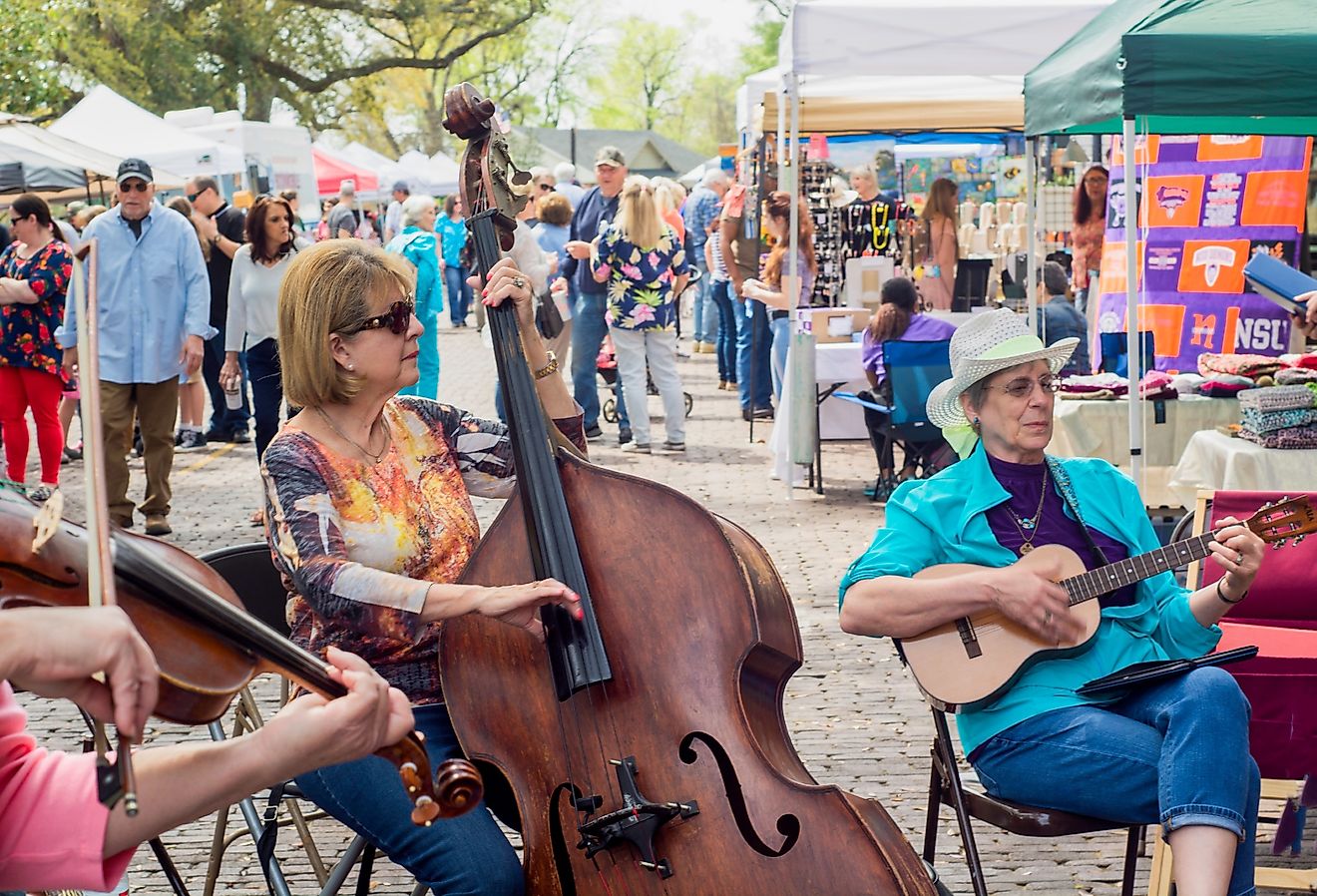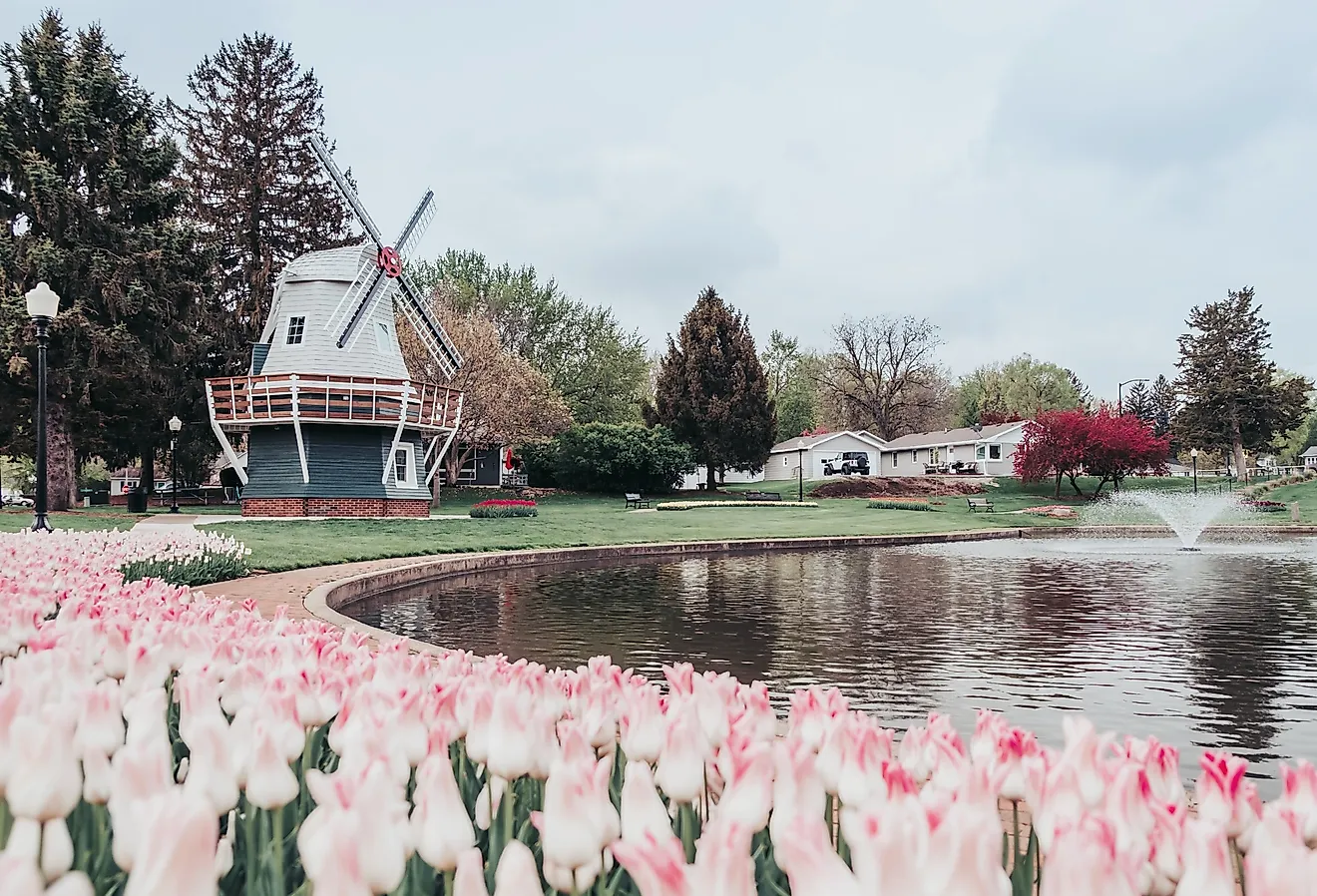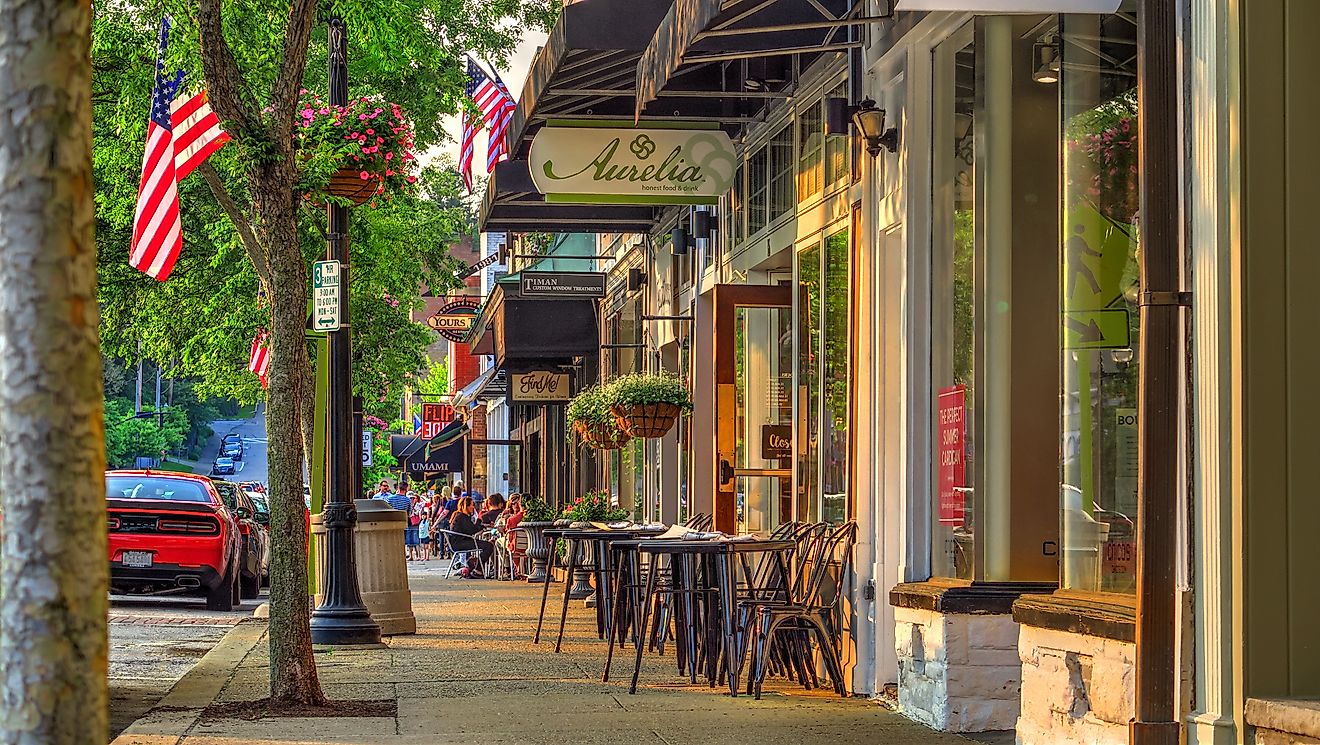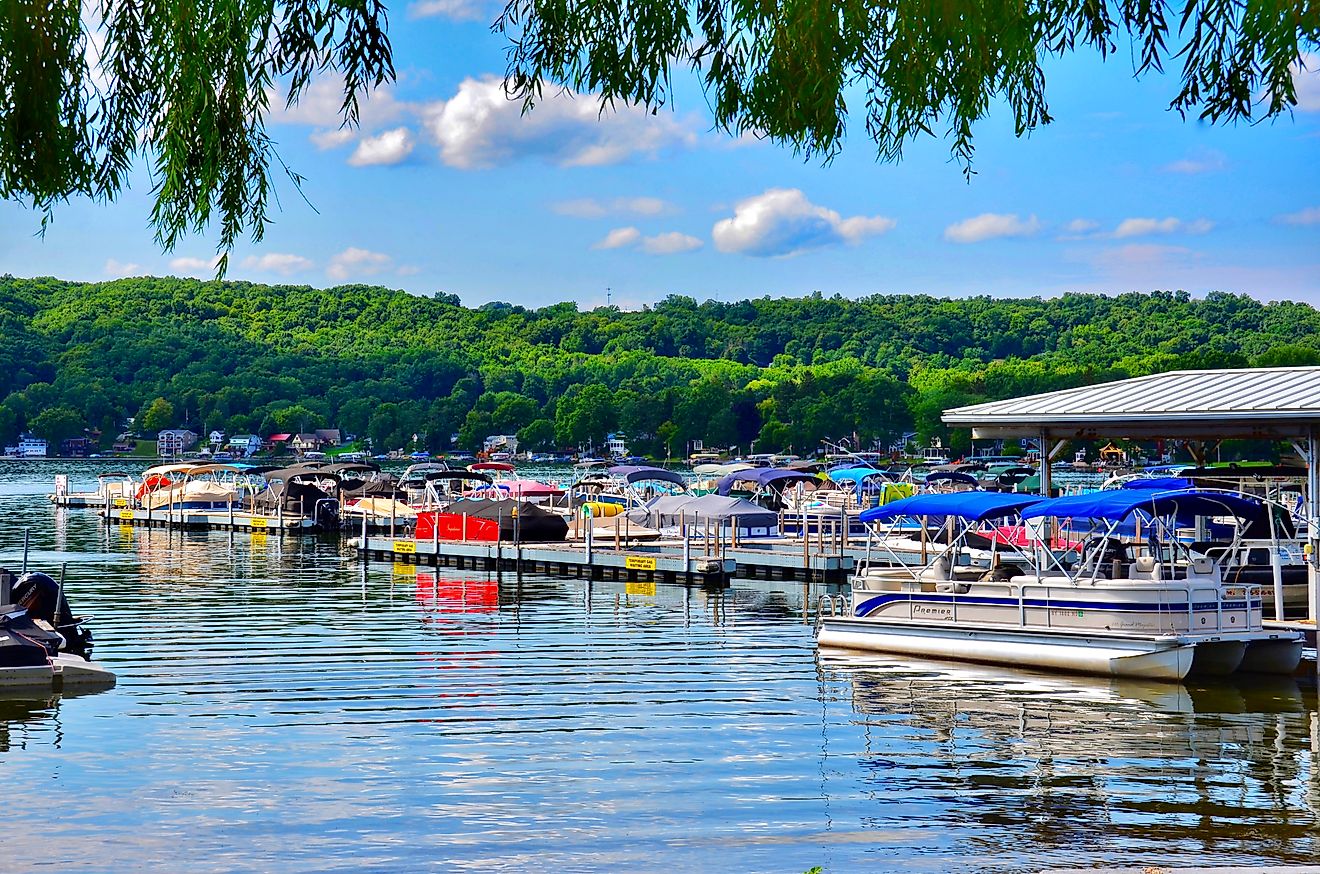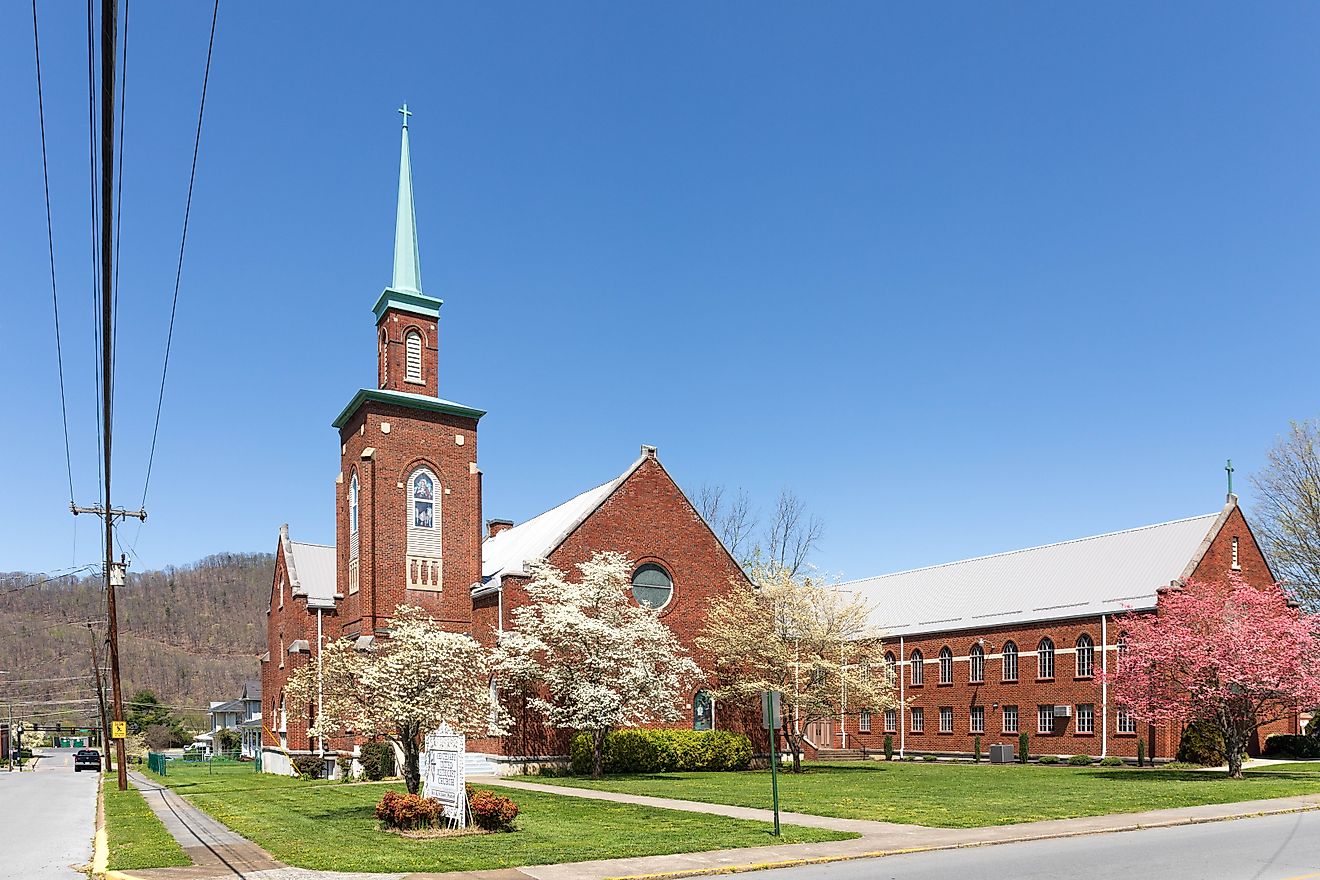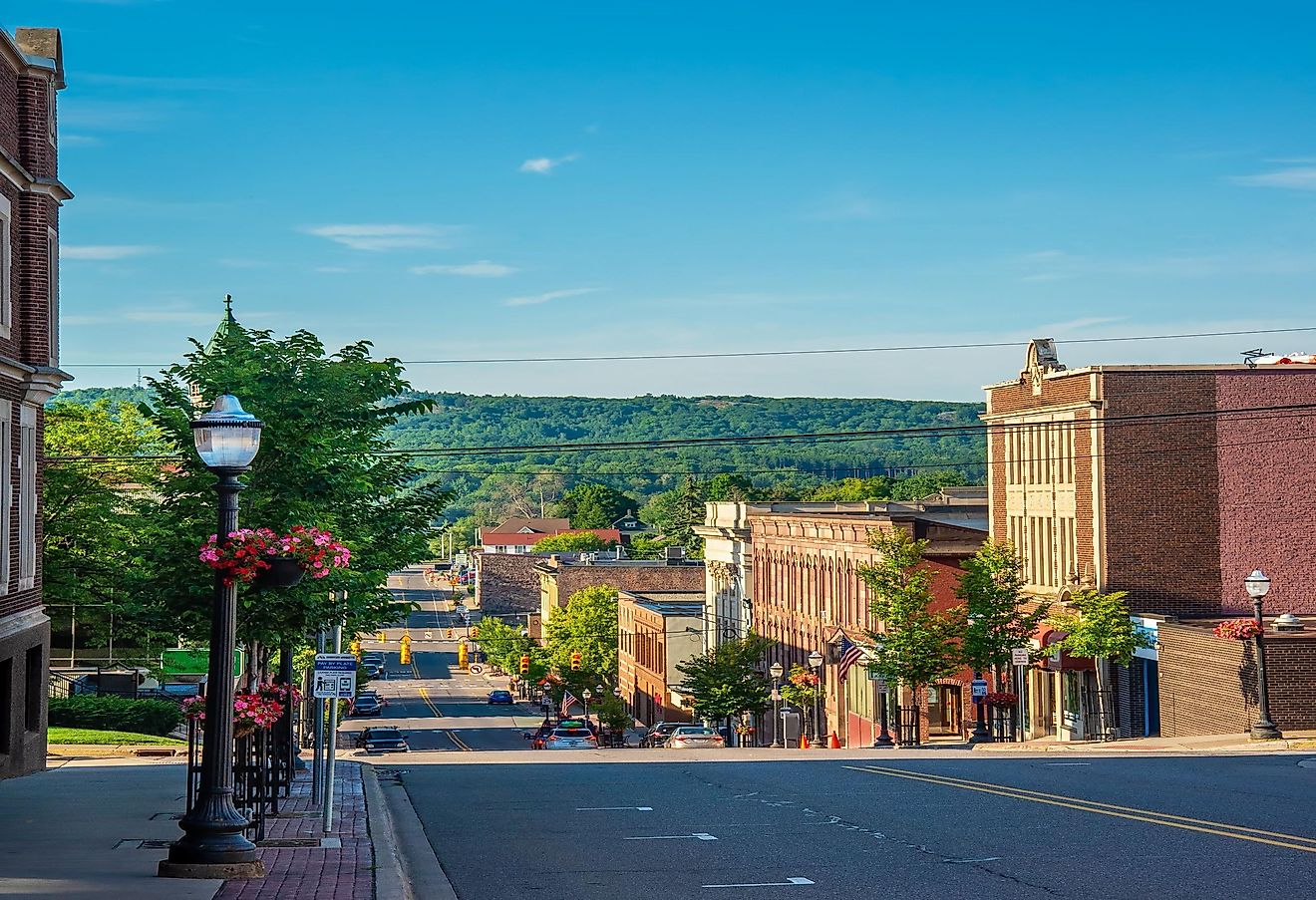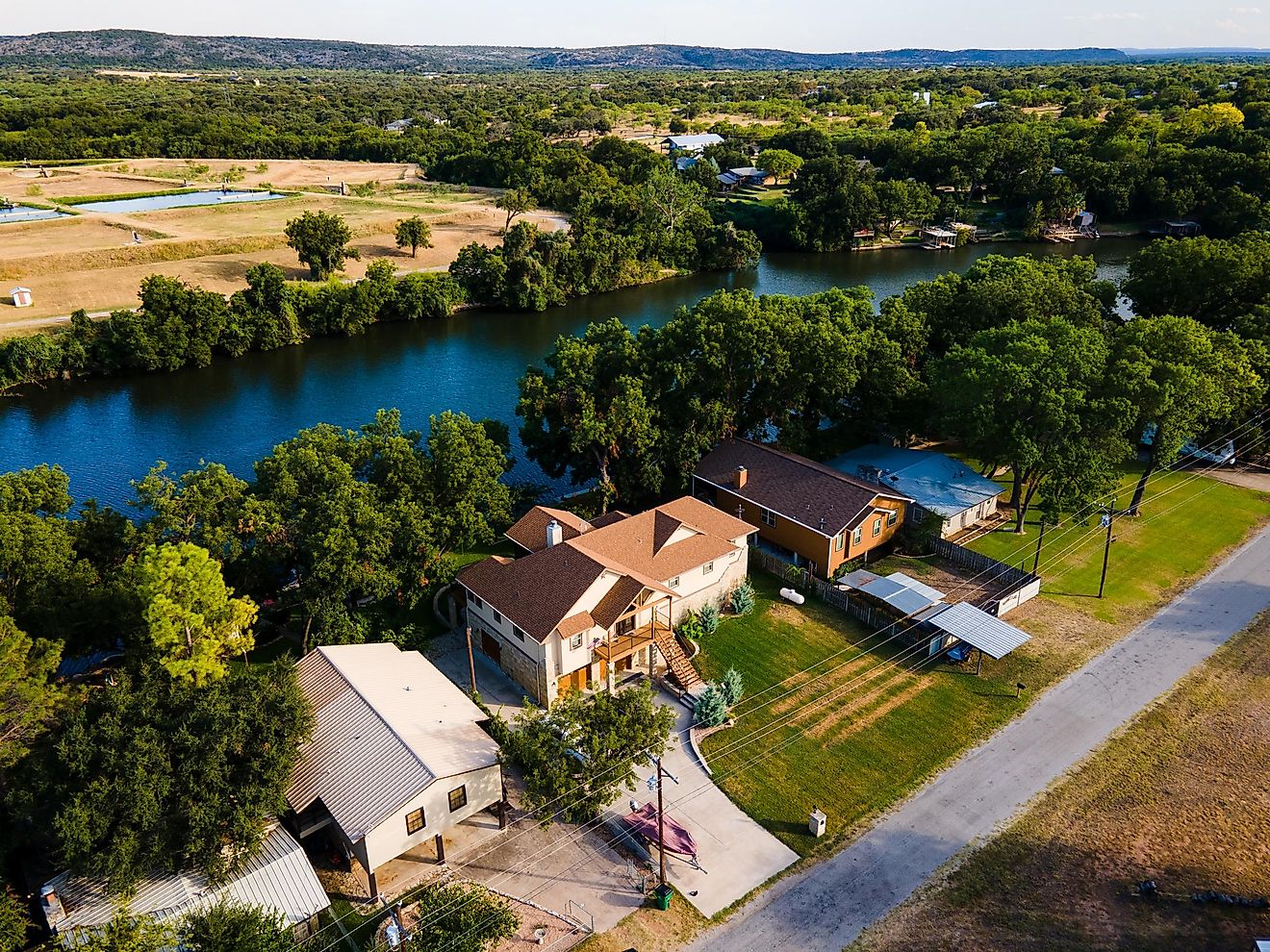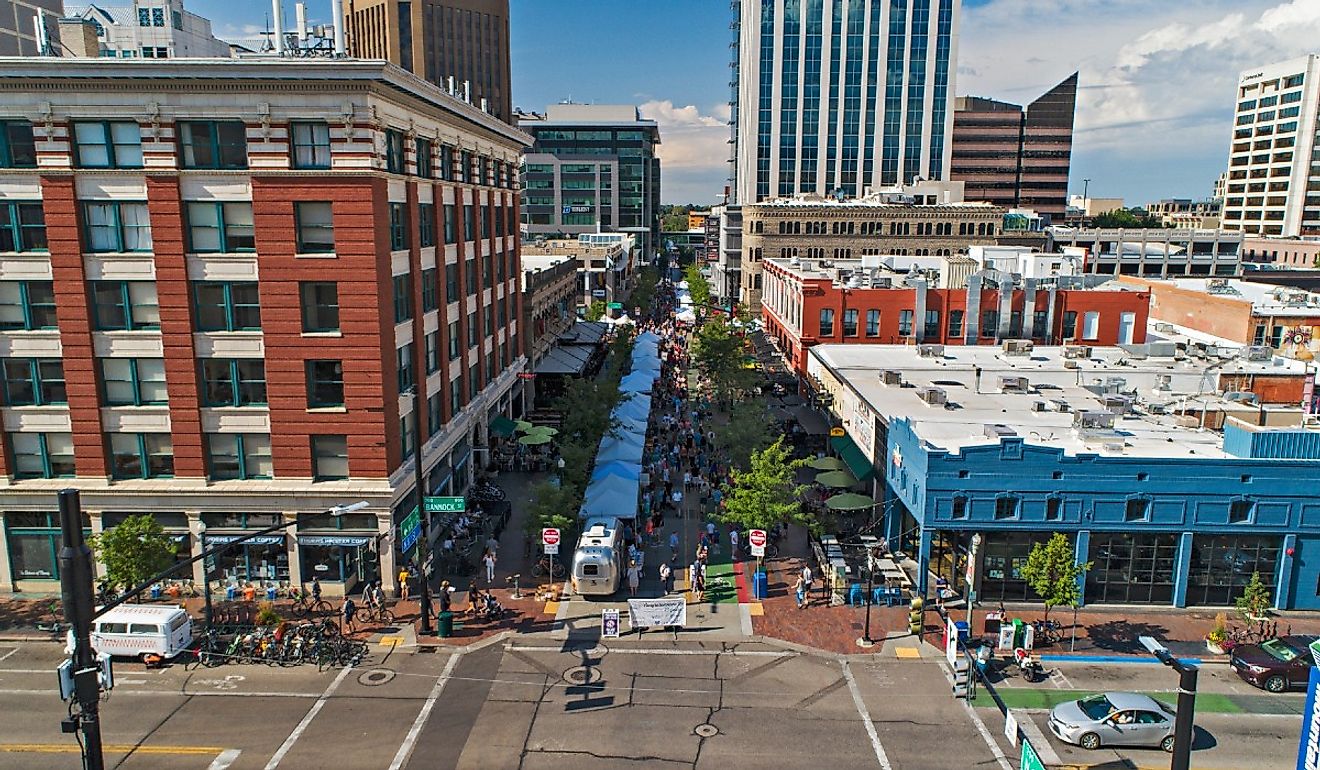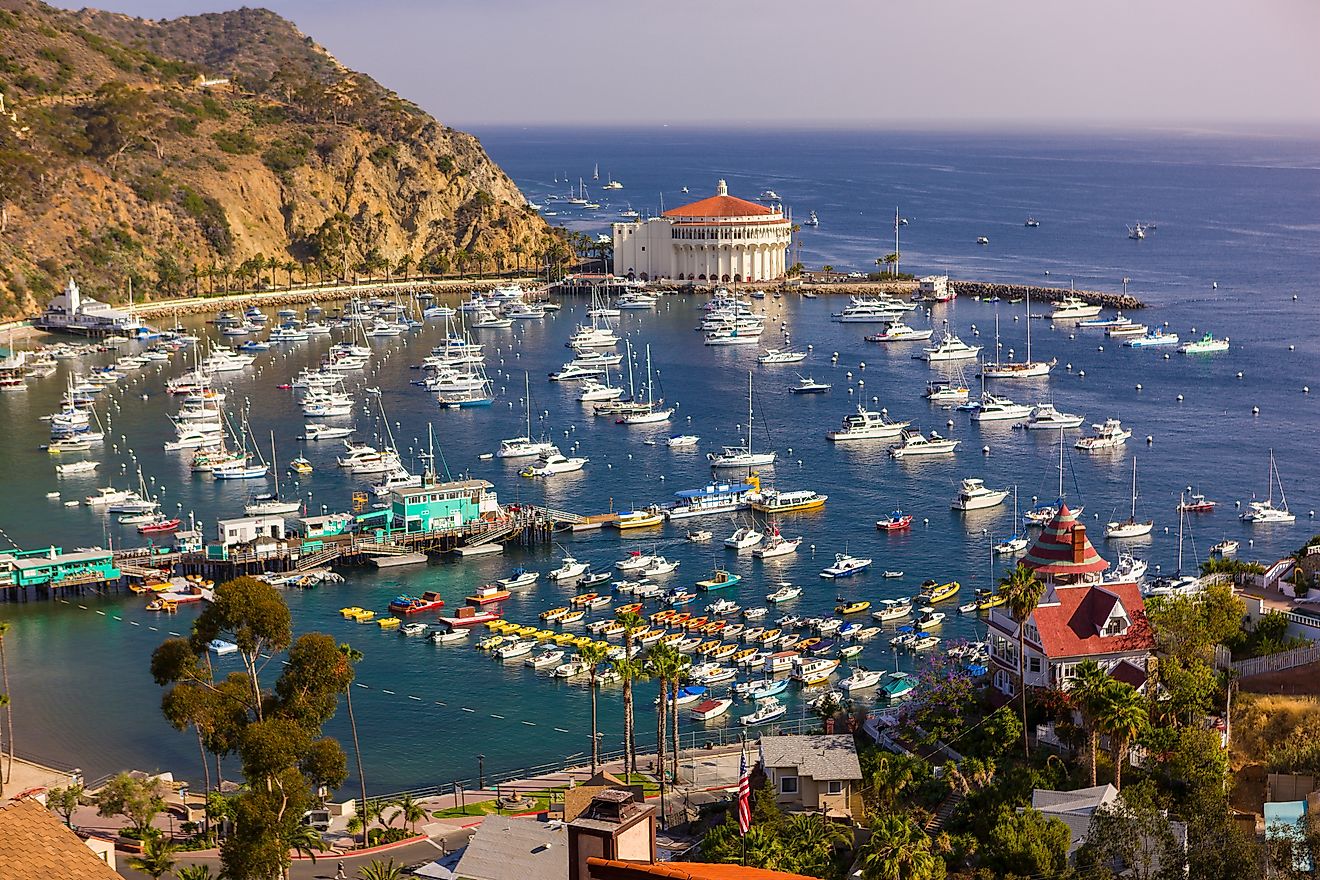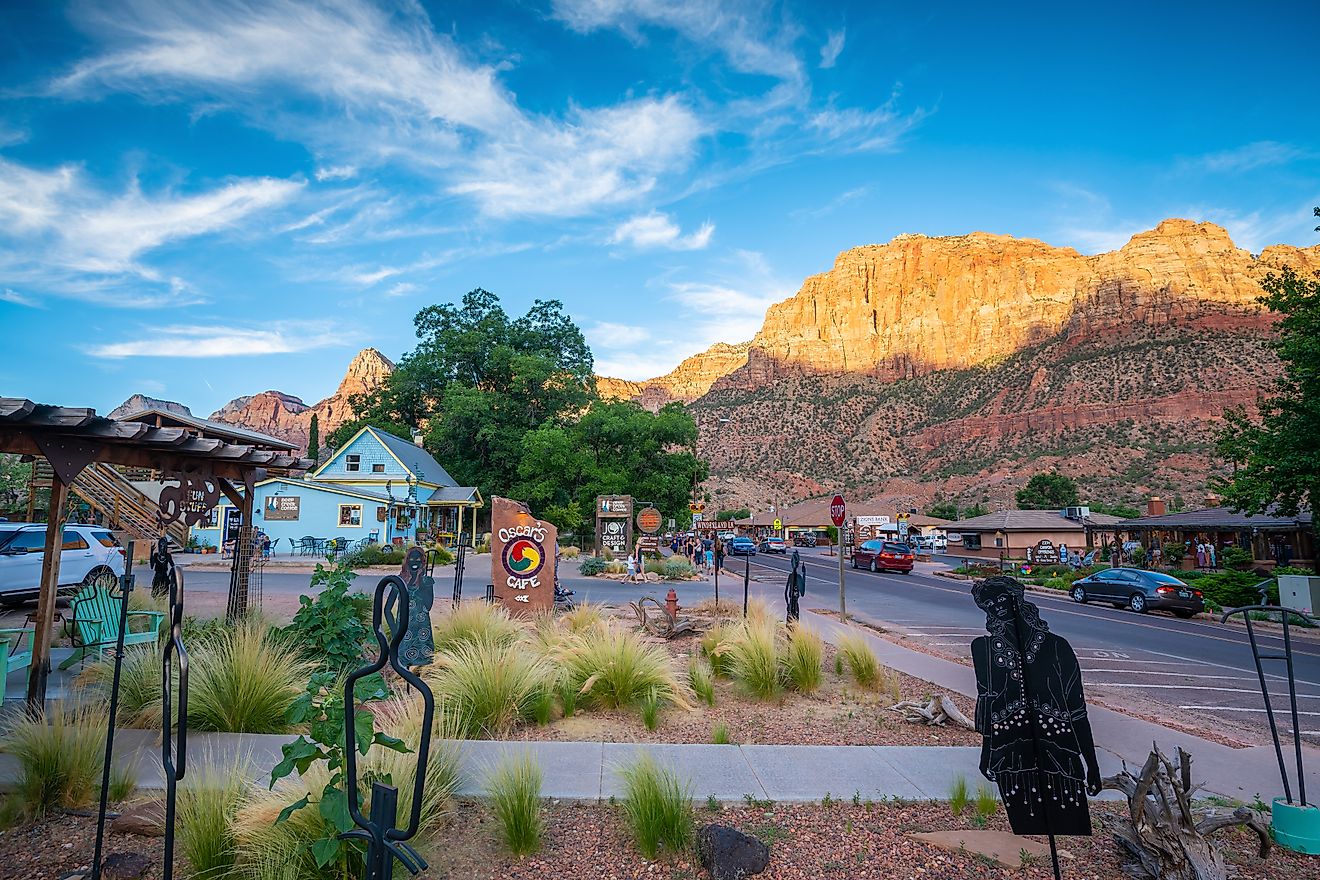
Florida's 11 Most Underrated Beach Towns
When it comes to beach towns, Florida is truly the king of summer fun. The problem is that more talk equals more crowds, and it is in these lesser-known destinations that visitors might find the quality trips they paid for by avoiding congested tourist traps. From towns possessing hidden resorts to historical sagas and sunken treasure ships, these coastal paradises are worth considering when planning your next getaway.
Holmes Beach

Holmes beach sits on Anna Maria Island to the southwest of Tampa. John Holmes managed to clear and survey the area after World War II to establish a ground-up settlement, which is no small feat anywhere in the tropics of Florida. A small airport was in operation until 1973 that brought tourists and residents in and out of the area, and like many small towns in Florida, modern engineering simply replaced the need for more expensive forms of transportation.
At 1.9 square miles, Holmes Beach is a tight-knit community, and it is not uncommon to find families and couples relaxing at Grassy Point Park, a small bayou peppered with fantastical wooden bridges. Holmes Beach is busy during spring break, and it is important to remember that the facilities are always well-kept, and young children cannot seem to get enough of the turquoise shallows and soft white sands.
Daytona Beach

The street is sand, and the specialty is speed here at Daytona Beach. With a stretch of packed white sand extending over 23 miles long, it is no mystery why racers have gathered here since 1936.
Regular ballpark games, trails, waterfront dining, and the Daytona International Speedway provide a delightful means of enjoying this iconic beach town to its fullest. Residents and spring breakers alike celebrate choosing to come here for the nonjudgmental atmosphere.
First settled by the indigenous Timucuan who lived in fortified villages, Daytona has been a prime spot to live and visit thanks to a humid climate paired with what is considered “The World’s Most Famous Beach.”
Boca Grande

A long way south of Tampa on the southern tip of Gasparilla Island, Boca Grande possesses some of the world’s most dazzling ‘sugar sand’ beaches. Boca Grande translates to ‘big mouth’ in Spanish, which settlers have used historically to describe the southern waterway that provides inland access.
Just across that gap is Cayo Costa State Park, a vacation hotspot that is only reachable by boat! In fact, a lack of gas pumps in the area has established a golf cart hegemony by the seasonal residents here, many of whom are wealthy but commonly interact with all-year fishermen and other industry workers.
Like many other spots on Florida’s coast, the area was first dominated by the Calusa people, who slowly disappeared by the 1600s. The town was mined for phosphate in the early 1900s, but with endless hammocks and fishing spots to choose from, it is clear that Boca Grande is now being put to better use.
Fort Myers Beach

Fort Myers Beach is positioned south of Fort Myers, a sizable town in the southwest of Florida. The town is primarily an island once previously inhabited by the notorious Calusa people, who were ingenious enough to build and extend segments of the area with artificial mounds made of sea shells. More about this can be learned from the Mound House historical museum, which holds many Calusa artifacts and is built on top of one of those mounds.
The town was named after Colonel Myers in 1850 and settled initially by Cuban Fishermen in the 1700s. With 3,444 households, there has been an 11 percent population decrease between 2010 and 2020, with only 5,500 current residents. However, the morale and goodwill of the community have not ceased to persist, with churches like “The Chapel by the Sea” hosting daily meals for any in need.
Nearby, popular activities include going on dolphin tours or chartering a fishing expedition, and of course, parasailing and kayaking are ever-available. Be it the Calusa, Spanish colonists, Cubans, or modern-day snowbirds; Fort Myers Beach has never failed to attract attention.
Anna Maria

Sharing the same name as the island hosting Bradenton and Holmes Beach, Anna Maria is a small town with roughly 1,800 permanent residents. Curiously, Bradenton attempted to annex Anna Maria in 1963 but lost heavily, with only nine in favor out of over 300 total votes.
The old City Pier, built in 1911 to ferry wealthy tourists to and fro via steamboats, was destroyed by Hurricane Irma in 2017. The people of Anna Maria take pride in their history and maintain an ‘old-Florida’ way of life, investing in the reparation of this iconic pier.
Untouched by Irma is the still-standing Roser Memorial Community Church, built in 1913 by the original snowbird and inventor of fig newtons, Charles Roser. Anna Maria is a prime spot to visit simply because it has retained the old-Florida spirit, which essentially means fewer high-rise condominiums and a laid-back attitude.
Sarasota

Sarasota possesses a bit of a mystery: the name first popped into historical existence on an old sheep skin Spanish map in 1763, as “Zarazote.” The meaning is unknown, although some surmise it relates to a ‘place of dancing'.
Today, the town lying south of Tampa Bay is beloved for its assortment of performance art centers. Theaters, dances, musicals, circuses, and other events form the backbone of Sarasota, explaining why tourism plays such a vital role in Sarasota's economy. Intriguingly, a large, uniquely liberal Amish community resides in Sarasota in the Pinecraft neighborhood. Do not expect to see horse carriages being raced on the gorgeous 8-mile Siesta Key beach nearby.
Visit the adjacent Mote Marine Laboratory and Aquarium as well as the Big Cat Habitat and Gulf Sanctuary. With a subtropical climate and endless parks and botanical gardens to visit, Sarasota’s origin might be a mystery, but the town has certainly made a name for itself.
Vero Beach

Off to the eastern edge of Florida, southeast of Orlando, Vero beach is a town containing a barrier island with its shore to the Atlantic. A younger town where the median age is as low as 51, people have been settling in the area since the Ice Age, with evidence of inhabitants dating to the Pleistocene. Although it is difficult to picture mammoths wandering the area now, it is easier to imagine the pirates who looted the sunken Spanish treasure fleet that was wrecked here in 1715.
These pirates made off with innumerable gold and silver pieces, and the McLarty Treasure Museum paints the story so vividly that you might just go on a search for the fleet yourself. Since 2014, an ongoing dig in roped-off areas has been commenced by the US military in order to safely dispose of any ordinance buried in the area during World War II bombing exercises. Watch your step, especially if you are taking part in the famed local surfing lessons that Vero Beach offers.
Fort Walton Beach
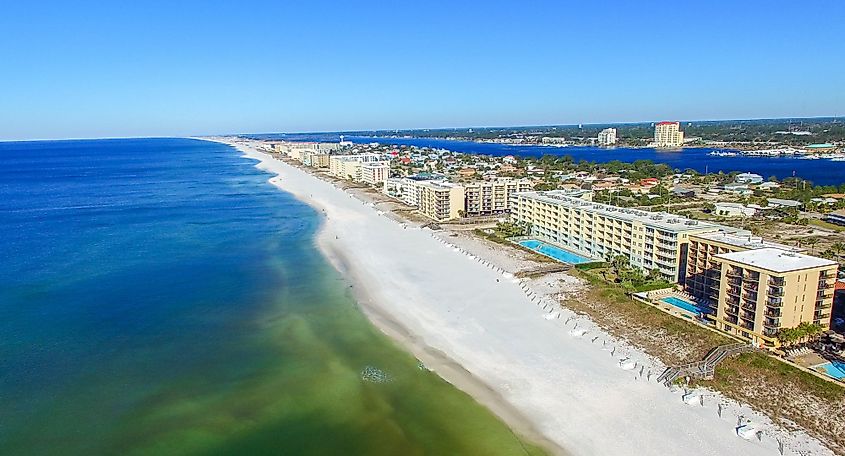
Even though the infamous MOAB was first tested in Fort Walton Beach, the area still stands strong. Fort Walton Beach, in truth, has an extensive military occupation going as far back as the American Civil War, during which it was a confederate army camp, around 1861. Before this, as visitors of the Indian Temple Mound Museum discovered, the region had over 12 thousand years of indigenous occupation, not to mention early settlers and pirates.
In 2020, the population of Fort Walton Beach held steady at around 21,000, possibly thanks to the core economic sources of military households and year-long fishing and resort opportunities. Dolphins, penguins, and alligators all make their home at the Gulfarium Marine Adventure Park, despite hot and humid summers.
These days, the town is proud of being the origin of astronaut Richard Covey and Korn guitarist Shane Gibson. Fort Walton Beach is worth stopping through, at the very least, for the luxurious stretches of beach and resorts it offers to one and all.
Rosemary Beach

Best described as a "private European Beach town," Rosemary Beach hosts a united community basking in an endless summer. Popular activities include all things cardio, such as running, cycling, and hiking around the shoreline. Celebrations during holidays, particularly Christmas, are popular among visitors based on the town's pride in decorating the streets and walkways.
Local shopping and eateries create natural hubs for residents to bump into each other, and the regular farmers market ensures access to fresh and local superfoods that are hard to pass down. Crab hunts are popular among kids who roam the beach with flashlights at night, chasing after harmless crustaceans while the waves quietly lap up against the coast. If in doubt, it is common for locals to grant idle visitors access to the beach, but it is custom to earn that right by supporting the town by planning a night's stay in Rosemary Beach.
Clearwater

Directly west of Tampa, Clearwater is a crowd favorite for consistently sunny weather and spotless gulf coast beaches. A prime destination to bring kids, Clearwater possesses dolphin and sea turtle rehabilitation facilities such as Moccasin Lake Environmental Education Center, which also includes birds of prey and other reptiles. For more wildlife spotting, Mega Bite Dolphin Tour Boat takes groups around the gulf to see the aquatic neighbors at around $28 per adult.
With significant redevelopment happening throughout the last decade, this town of 117,000 people hosts libraries, theaters, and parks in abundance. The name itself refers to freshwater springs that used to flow where the current City Hall stands. In 2012, CBS Money Watch listed Clearwater, Florida, as one of the top 10 spots to retire in the United States- and the reasons are crystal clear.
Deerfield Beach

Deerfield Beach is a coastal town to the north of Miami. The land was settled in 1890 by a group of farmers who focused primarily on pineapple, tomato, and squash. The ecosystem proved favorable to fishermen who quickly populated the area. I
n 1939, residents took another look at the value of tourism and renamed the site by adding “Beach” to Deerfield, which had originally been named for the deer that used to inundate the grounds. NFL players, by the handful, have come from Deerfield Beach, so the local cuisine might be worth checking out for any athlete looking to bulk up.
With a tropical rainforest climate, Deerfield experiences frequent summer sun and thunderstorms, making it the perfect location for the Deerfield Beach Arboretum. The Arboretum is renowned for the variety of native and exotic flora it manages, as well as Japanese garden exhibits and picnic areas. Overall, the soft sands and welcoming nature of the community have placed Deerfield Beach as a top-rated vacation town.
The substance of a quality vacation is found in the bronzed aftermath of unlimited tanning and memorable strolls through foreign communities. Wildlife sanctuaries, dolphin tours, and performing art events are ripe ground to build unforgettable experiences and should not be missed in favor of status-quo destinations. Do haul the whole family out to one of these 11 seaside delights where endless dreams have already been fulfilled.

